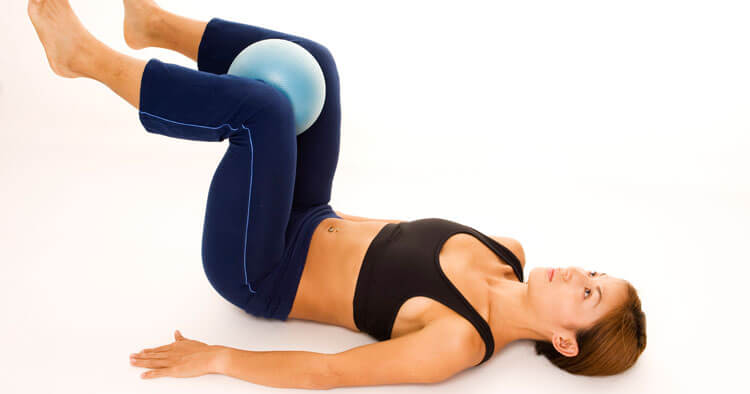Injury Rehabilitation and Training, Muscle Pain and Tendinopathy, Sports Injuries and Management
Rehabilitation Of An Adductor Strain
How Long Does It Take To Recover Following An Adductor Strain
A number of factors influence the recovery time of an adductor strain, not least of all degree of injury and the physical requirements of a full return to play. Other factors impacting a return to play following a groin strain include:
- Pre-injury fitness and strength levels.
- Any mitigating predisposing factors. This could include previous similar injury, injury to the other side, or other coexisting injury.
- Ability to allow the appropriate rest and application of first aid treatment approaches.
- Dedication to rehabilitation process and prescribed loading exercises.
As a general guide, is that even following a low grade adductor strain one can expect it to take several weeks before returning to full pre-injury activity after the initial onset of symptoms. Commonly soft tissue injury like an adductor muscle strain can be graded. A grading system often employed grades injury from Grade 1-3 where as a rule of thumb
- A grade 1 strain will typically require somewhere around 2-3 weeks
- A grade 2 strain more like 6-12 weeks to return to play.
- A grade 3 strain upward of 12 weeks.
The suggestion would be not to push for a to return to play too quickly. Re-injury with groin strains can be fairly common and any re-injury will clearly increase overall healing time frames. If you are likely to get frustrated with the relative rest component of the rehab process then discuss with your physio appropriate lower load activities that can be done to maintain your fitness and strength without putting too much stress on the groin muscles, this is an ideal situation anyway so your physio will most likely encourage this.
Prevention Of A Groin Strain
The key to prevention of any adductor strain is to avoid loading the groin muscles without undergoing the proper training and preparation, especially relevant if playing high risk sports such as soccer, or AFL… Consistent training throughout the year without extended down time or significant peaks and troughs in training is often considered key to avoiding overload. Following any extended breaks in training, or competition building the work load back up gradually to “pre-break” level will help avoid straining the adductor muscles. Athletes who stop training during the off-season of their sport can lose muscle strength and flexibility while not playing. If they then return to play again in preseason without first building up strength and conditioning they put themselves at risk of injury, more and more so the older the athlete gets.
Some other things to consider for the prevention of adductor strains include:
- Warm up before physical activity with progressive sports specific loading, to prepare your tissues for what is to come and help reduce injury risk during play.
- When exercising always stop immediately at the onset of pain, or sensation of persistent tightness in the groin.
- When the goal is to increase the training load, be it intensity, duration, frequency… Any adjustment to training load as a really rough guideline shouldn’t be progressed at any more than a 10% increase in load variables per week, again this slow increase in loading is more and more relevant the older you get.
- Improving your hip mobility. It has been suggested that low range of motion in the hip joint is a risk factor for suffering an adductor strain improving hip mobility therefore may be appropriate. It is best to have your hip mobility assessed with regard to your age and sex and physical demands by a physio so they can help guide you on any need and/or the best way to approach improving your hip motion.
- Improve your overall trunk strength. Adductor strains can be the result of added stress on the groin muscles due to weakness elsewhere in the trunk. Improving your trunk strength can be defensive in help both prevent and rehab any groin strains.
Disclaimer: Sydney Physio Clinic provides this information as an educational service and is not intended to serve as medical advice. Anyone seeking specific advice or assistance on Rehabilitation Of An Adductor Strain should consult his or her physiotherapist, general practitioner or sports medicine specialist.


